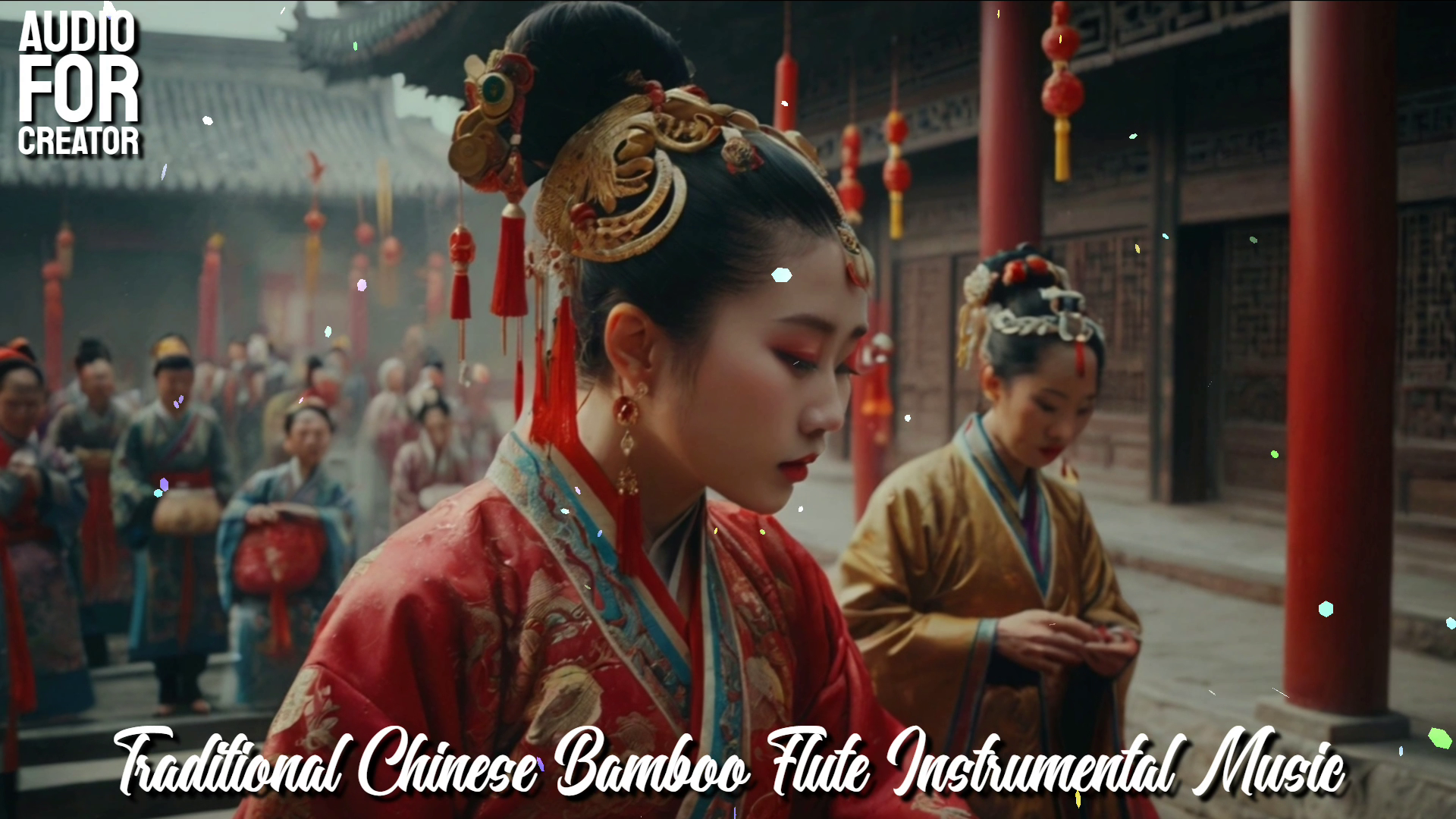Introduction to Instrumental Hip Hop and Rap Beats
Instrumental hip hop and rap beats have become a staple in music production, influencing everything from mainstream radio hits to background music in videos and commercials. These instrumental tracks, originally created to accompany rappers, have grown into their own genre, recognized for their unique rhythms, creative sampling, and profound influence on music and culture.
What Are Instrumental Hip Hop and Rap Beats?
Instrumental hip hop beats are tracks without lyrics or vocal performance, focusing solely on the music. Traditionally crafted by beatmakers and producers, these tracks form the foundation of a song, allowing rappers to add their verses and flow. However, they’ve grown into a genre all their own, appealing to listeners for their melodic appeal, rhythmic complexity, and atmosphere.
Today, instrumental hip hop isn’t just music without vocals—it’s an immersive, often relaxing experience. Many people turn to these beats for background music while studying, working, or relaxing. The music’s distinct rhythms, often crafted using drum machines, synths, and digital audio workstations (DAWs), give it a fresh, modern, and timeless feel.
History and Evolution of Instrumental Hip Hop
The origins of instrumental hip hop trace back to the early days of hip hop in the 1970s and 1980s when DJs started isolating the break sections of funk and disco songs to create repetitive beats. In the 1990s, producers like J Dilla, DJ Premier, and RZA elevated instrumental hip hop by focusing on crafting beats with soul, jazz, and funk samples. This period, often referred to as the “Golden Age” of hip hop, marked the birth of instrumental hip hop as its own style.
As digital tools advanced, producers gained new ways to create beats without vocal elements, blending live instrumentation with electronic elements to craft full soundscapes. By the 2010s, lo-fi and trap instrumental beats gained popularity, with genres like lo-fi hip hop even creating a niche community for studying, relaxation, and background ambiance.
Key Characteristics of Instrumental Hip Hop Beats
Instrumental hip hop beats possess distinct traits that set them apart from other genres. Their defining features include complex rhythm patterns, sampling techniques, and rich layering that work together to create an engaging listening experience.
Beat Patterns and Rhythm
At the core of instrumental hip hop is its rhythmic foundation. Drum patterns are often looped, and syncopation is used to create tension and energy. Beats typically rely on a strong backbeat (kick and snare), with a range of hi-hats, kicks, and claps adding variety. A common pattern is the “boom bap” style, which uses a sharp kick-snare sequence that originated in 1980s and 1990s hip hop.
Producers pay close attention to “swing,” which refers to the subtle timing shifts that add groove to the beat. This swing gives the beat a loose, humanized feel, often achieved by adjusting quantization settings in DAWs or layering live elements over digital sounds.
Sampling and Layering Sounds
Sampling is a hallmark of hip hop production. Producers cut and rearrange sounds from various records, genres, and eras, using these samples to build an instrumental’s melodic, harmonic, or rhythmic backbone. Many instrumental hip hop beats feature samples from jazz, soul, and funk records, giving them a nostalgic yet modern edge.
The layering process combines multiple elements—basslines, lead synths, and atmospheric sounds—to form a cohesive, full-bodied track. Samples and layers work together to create depth, allowing producers to infuse their beats with personality. In some cases, producers use chopped vocal samples as another layer, adding a dynamic touch without overpowering the instrumental nature.
Drum Machines, Synths, and Digital Instruments
The use of drum machines, like the Roland TR-808 and Akai MPC, helped shape instrumental hip hop’s sound by enabling producers to craft beats with precision and control. Synthesizers, meanwhile, provide melody and bass, offering endless possibilities to create unique soundscapes.
Digital audio workstations (DAWs) have expanded what producers can do. Tools like FL Studio, Ableton Live, and Logic Pro allow beatmakers to create, edit, and manipulate beats with a high degree of flexibility. These platforms make it easier to produce beats at home, and the accessibility has led to a surge of talented producers creating high-quality instrumental hip hop from their own studios.




